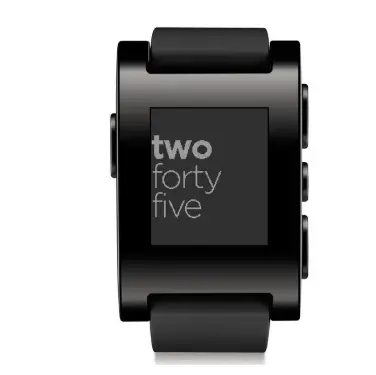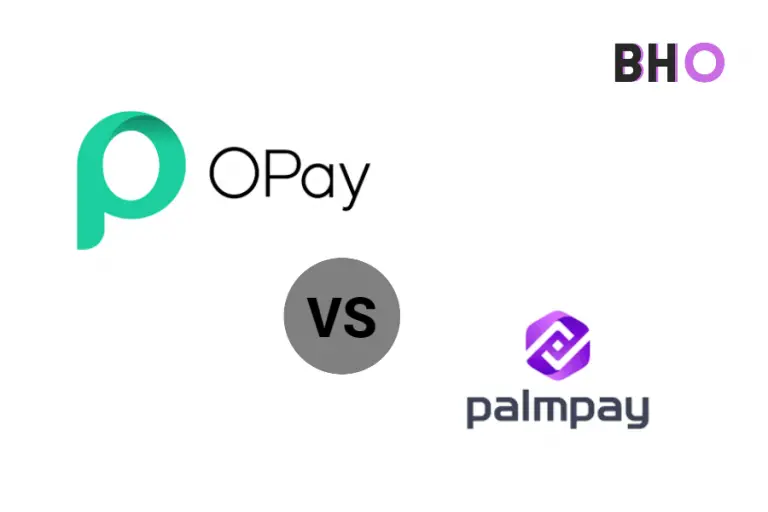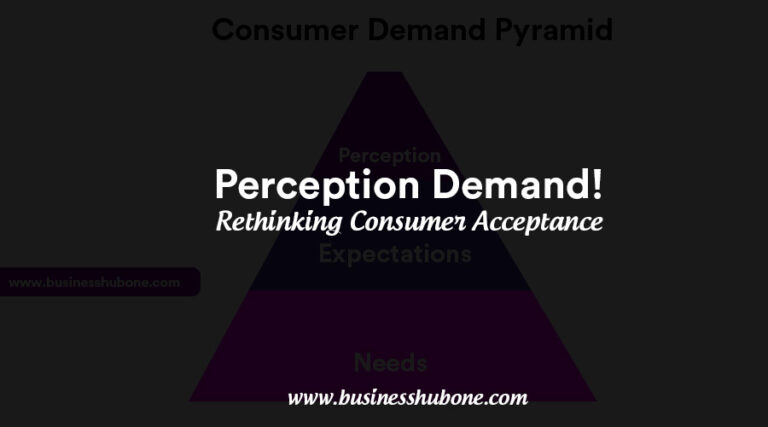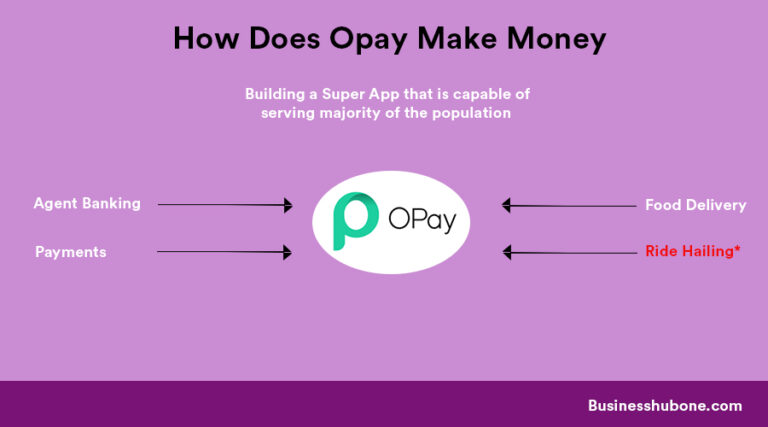Determining product-market fit
One of the most significant dilemmas of businesses is determining product-market fit.
It is the ultimate race to find that product with the right combination of profit potential and consumer acceptance.
Product/Market Fit means being in a good market with a product that can satisfy that market.
Marc Andreesen
Table of Contents
Why is a business in search of a product?
One would expect that product is what determines the existence of a business.
However, the dynamics of modern-day businesses are such that even established businesses have to continue to innovate as this is the sole determinant of whether they will remain in business or be out the next moment.
Startups have to diligently find the perfect consumer-acceptable product, this requires them to pivot several times around the central theme that defines their business—and sometimes change the central theme of the company completely.
These are two valid cases providing a basis for why a business needs to understand how to determine product-market fit.
Steps to determine a product market fit
- Determine your target customers
- Identify customer needs
- Define your value proposition
- Identify your minimum viable product (MVP)
- Create and test your MVP
- Innovate
Product-market fit ensures that you have built a product that creates significant customer value. That your product meets real customer needs and does so in a way that is better than the alternatives.
Some people might decide to define product-market in singularly, effectively equating product-market fit to having a profitable business. This undermines the concept of product-market fit.
Product
A product is a specific offering intended to meet a set of customer needs.
The concept of product-market fit applies to services as well as products. The typical distinction between a product and a service is that a product is a physical good while a service is intangible.
However, with products delivered via the web and mobile devices, the distinction between product and service has been blurred, as indicated by the popular term software as a service (SaaS).
Customer Survey
“If I had asked people what they wanted, they would have said a faster horse.”
Henry Ford
Many people quote this as a basis to play down customer interaction in innovating new products.
It’s likely true that customers won’t invent a breakthrough product for you, but that doesn’t mean it’s a waste of time to understand their needs and preferences. On the contrary, a good understanding of customer needs and preferences helps you explore new potential solutions. This understanding of consumer needs helps to estimate how valuable customers are likely to find each one to be.
Value Proposition
Determine the best product for a particular market – A right product is designed with a focus on the set of needs that are important and that make sense to address together.
You also don’t want to unnecessarily risk wasting resources with an initial product scope that is too large. You do not have perfect information about all those customer needs. There is quite a bit of uncertainty in both your hypotheses and in what you think you know. That’s why you want to start off by identifying the minimum viable product.
Minimum viable product(MVP)
Adopting the MVP is a technique of entering a new market with a product that offers basic features enough to get the attention of customers.
This concept allows the company to focus on the interior value of the product and the value it represents to the consumer. This helps the company create a price point that allows for rapid adoption.

Globacom Nigeria
The adoption rate of globacom network in Nigeria despite its seemingly poor services is an example of MVP coming to play. The price point matches comfortably with the capacity of the majority of the Populace. The compromise of speed for volume is reasonable enough for the consumers to adopt.
Market testing
Market Testing is probably the most important part of the whole matrix. It helps reduce the cost of mistakes in development or any other preliminary steps by providing real-time data on acceptance and invariably, the value of the product.
Check out this post on determining the type of market to test your product.
- Quantitative market testing
- Qualitative market testing
Qualitative market testing
These types of tests involve showing customers your marketing materials and soliciting their feedback.
Quantitative market testing
This type of testing validates the demand for a product. It can also be used to optimize the acquisition of potential customers and the conversion of prospects to customers.
The different tools that can be used for this include Landing page tests, Ad campaigns, and crowdfunding.
Pebble Watch

Eric Migicovsky launched a Kick-starter campaign with an initial funding goal of $100,000. The Pebble watch was entirely crowdfunded from startup till death.
Customers could pay $115 for a watch when they launched, basically pre-ordering at a discount from the full price of $150. The project met its initial goal in two hours and continued to grow.
Pebble ended their Kick-starter fundraising a little over a month later, after over 68,000 people had pledged over $10 million.
INNOVATE
After a successful product and possibly overwhelming consumer acceptance. It is necessary that the innovation continues to happen to continue to adapt the product to the advances in technology, consumer feedback, competition and many other variables.
Conclusion
Achieving a good product-market fit is a dynamic equilibrium between good product, consumer acceptance, and innovation, this must be totally understood.










3 Comments